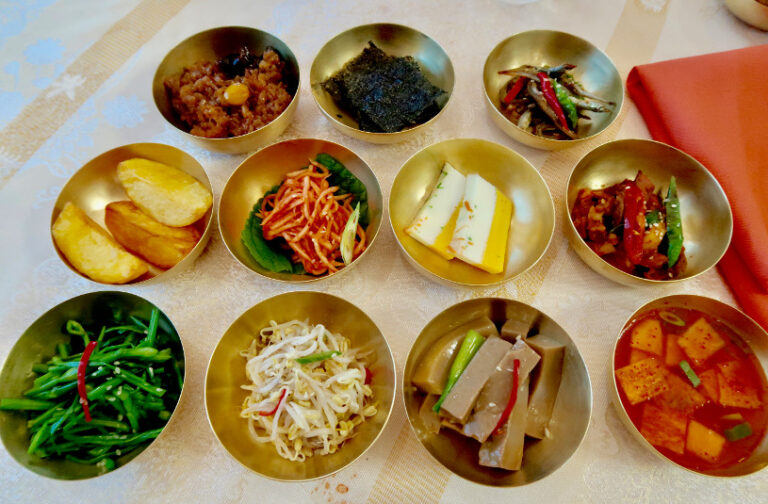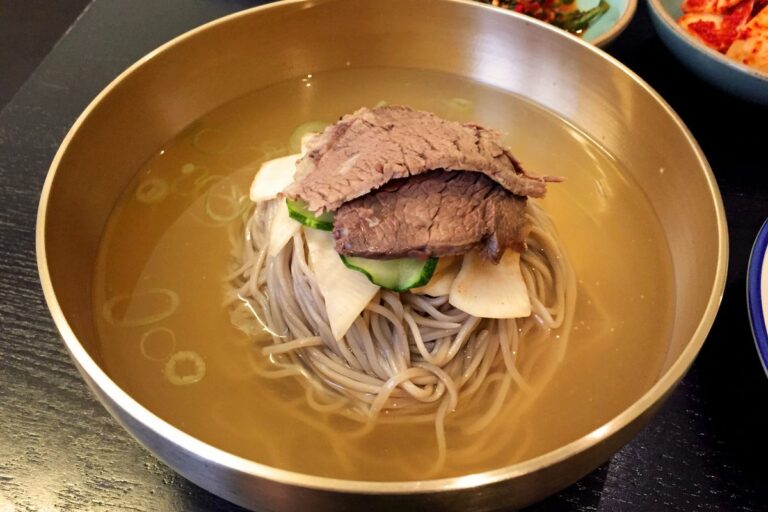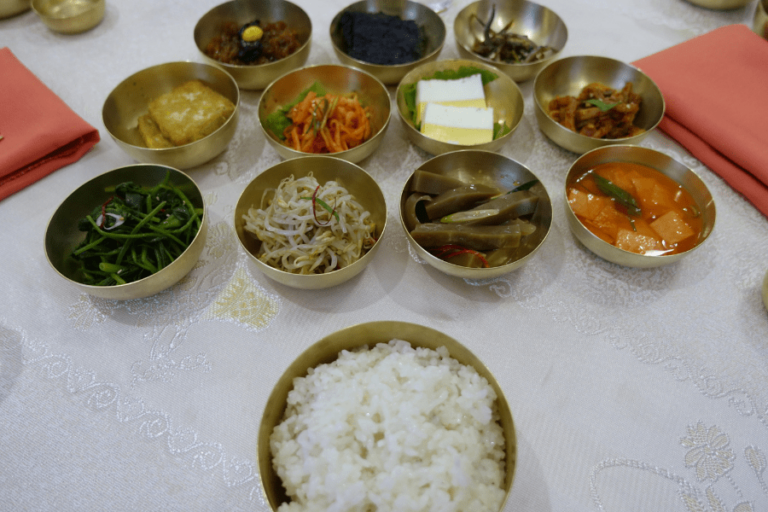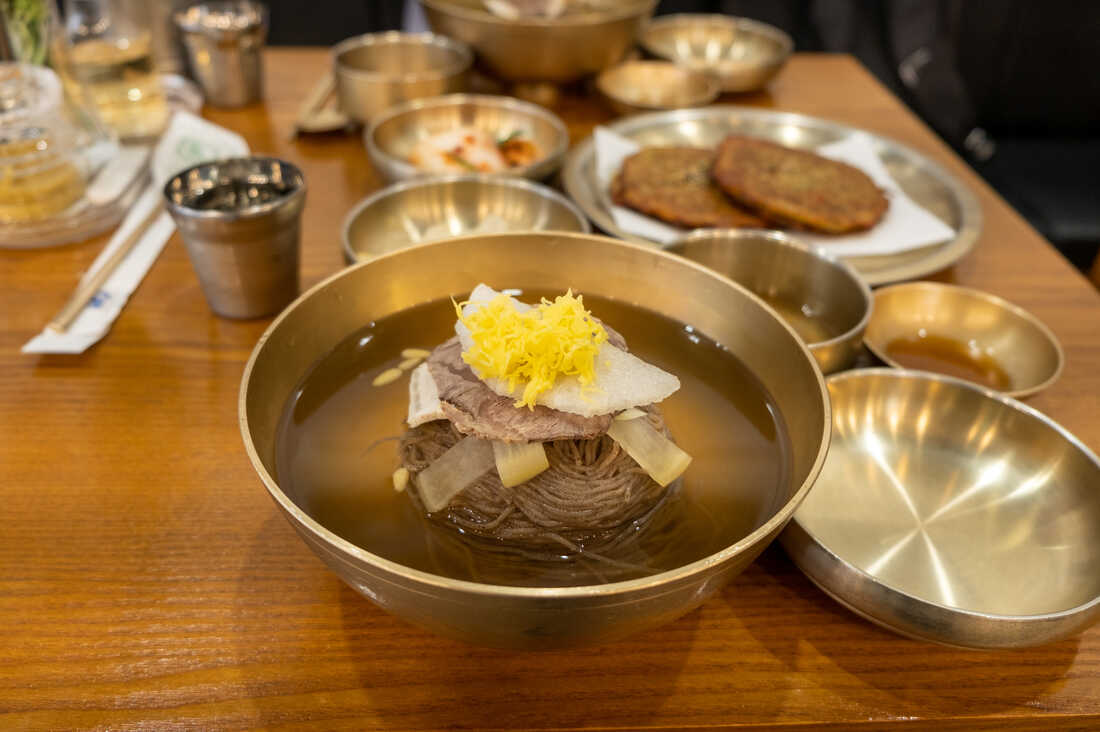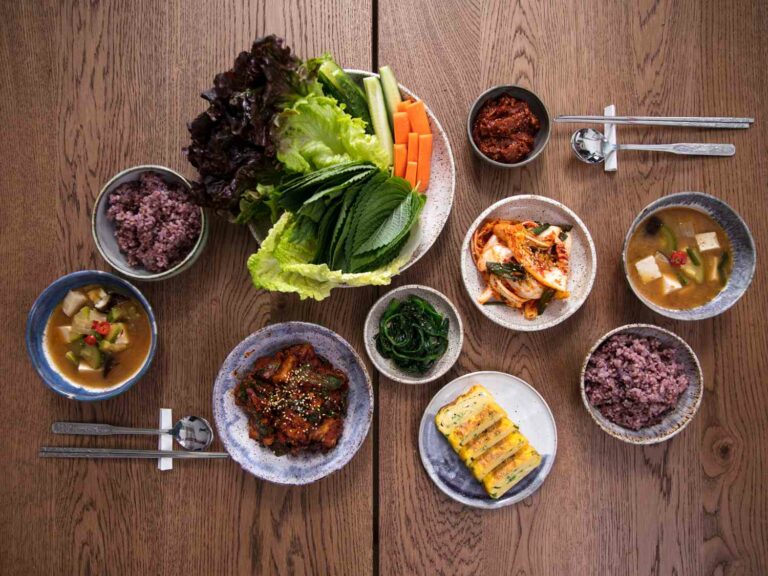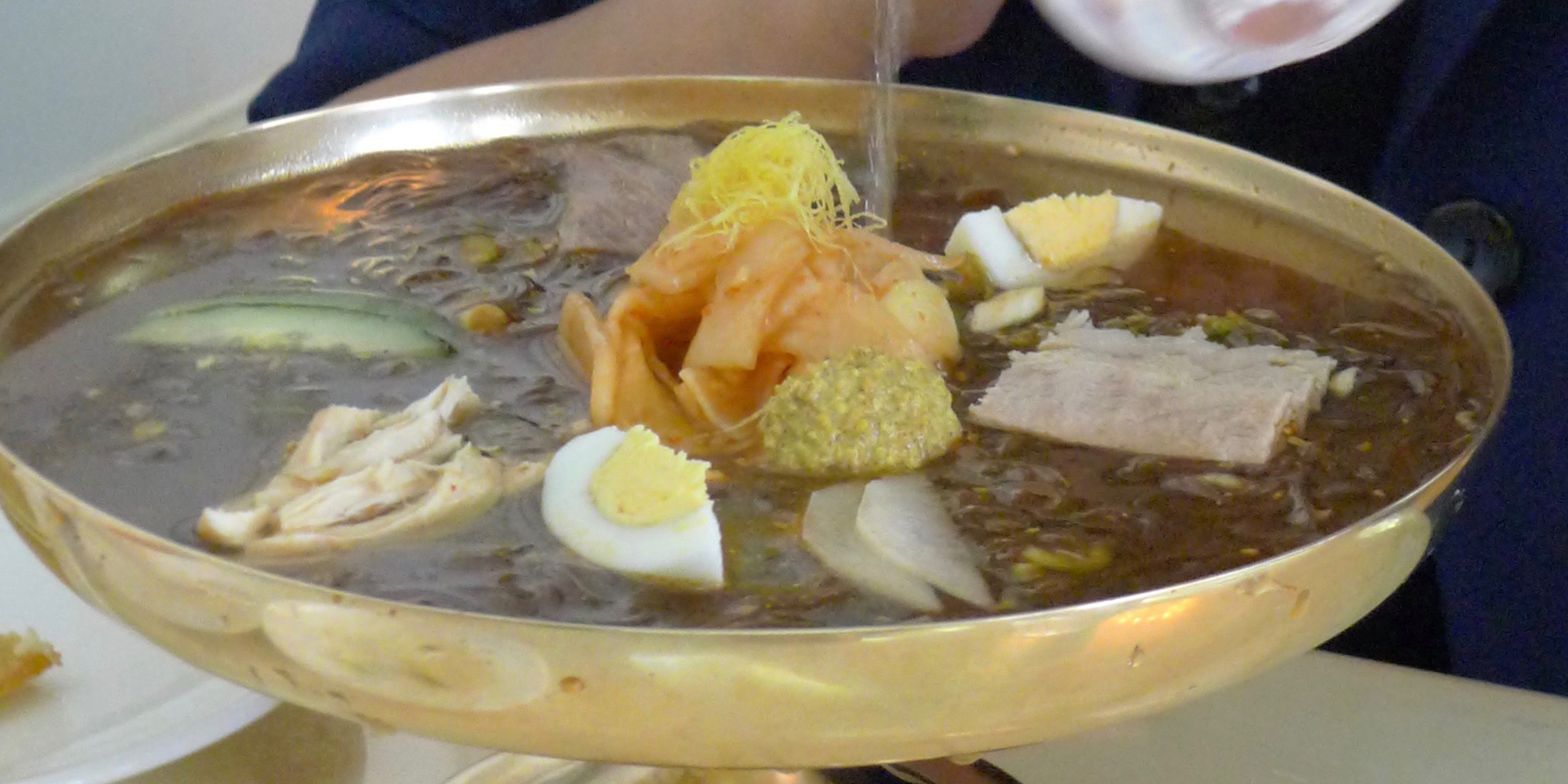Introduction: Exploring North Korean Cuisine
North Korean cuisine is a unique blend of Korean, Chinese, and Japanese culinary traditions. It features simple and hearty meat and vegetable dishes, fermented and pickled foods, and a diverse range of soups and stews. However, due to the country’s isolation, North Korean cuisine is not as well-known internationally as its South Korean counterpart. In this article, we will explore some traditional North Korean dishes that are not as popular worldwide.
An Overview of Traditional North Korean Dishes
Some of the most representative North Korean dishes include kimchi, a spicy fermented vegetable dish; naengmyeon, a cold noodle soup; and bulgogi, a marinated beef dish. Other common staples are bibimbap, a mixed rice bowl; mandu, steamed dumplings; and tteokbokki, spicy rice cakes. North Korean cuisine also features a variety of soups and stews, such as the seafood-based maeuntang and the meat and vegetable rich doenjang jjigae.
Under-The-Radar North Korean Staples
Although not as well-known internationally, North Korean cuisine has many under-the-radar staples worth exploring. One of them is raengmyeon, a cold noodle soup made with buckwheat or sweet potato starch noodles, boiled eggs, beef, and pear slices. Another delicious dish is jangjorim, a beef or pork dish that is boiled in soy sauce and sugar until tender and then shredded into thin strips. Japchae, a dish made with glass noodles, beef, and vegetables, is a popular side dish that can also be served as a main course.
Tasting the Unique Flavors of Pyongyang
Pyongyang, the capital city of North Korea, is known for its unique cuisine. One of its specialties is ryongmunsik, a dish made with cold noodles, beef, vegetables, and a sesame or peanut sauce. Another popular Pyongyang dish is saengseonjim, a steamed fish that is usually served with a soy sauce and vinegar sauce. Another must-try is chonggak kimchi, a type of kimchi made with small radishes and a spicy seasoning.
Regional Specialties Worth Trying
North Korea has several regional specialties that are worth trying. Hamgyong Province, for example, is known for its cold buckwheat noodles, while Pyongan Province is famous for its meat dishes, such as grilled pork and beef. In the south, Gyeonggi Province is known for its spicy soups and stews, while Gangwon Province is known for its freshwater fish dishes.
Conclusion: A Delicious Discovery of North Korean Cuisine
North Korean cuisine is a treasure trove of unique and flavorful dishes that are not as well-known as their South Korean counterparts. From under-the-radar staples to regional specialties, there is much to explore and discover in North Korean cuisine. By trying out some of the recommended dishes in this article, you can embark on a delicious journey of discovery into the rich and varied culinary traditions of North Korea.

